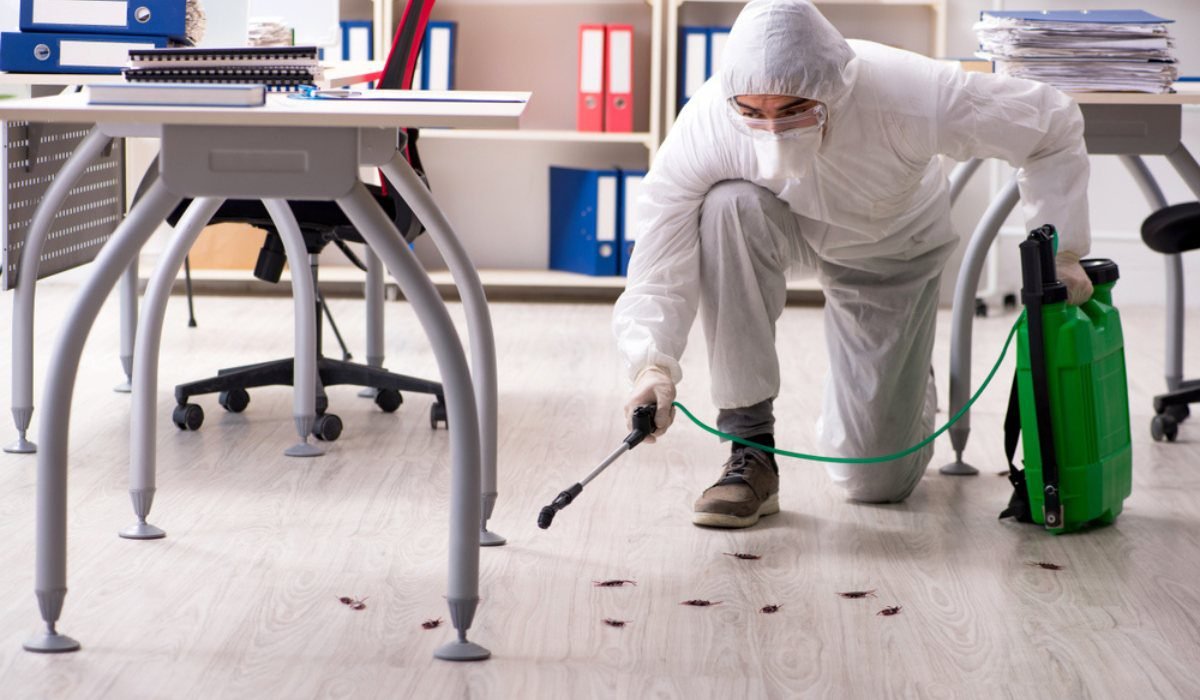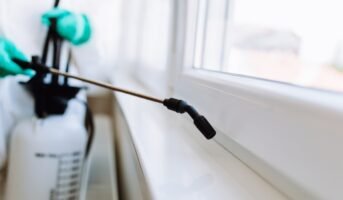Pests are a common problem in offices, and they can cause significant damage to the property and health of employees. Office pest control is essential to maintain a healthy and safe work environment. We will discuss the importance of office pest control and how to prevent pests from entering your office.
Why is office pest control Important?
Office pest control is essential to maintain a healthy and safe work environment. Pests such as rodents, cockroaches and bed bugs can cause significant damage to the property and health of employees. They can also spread diseases and cause allergies, leading to absenteeism and decreased productivity.
See also: Pest control in cars
Common office pests
The most common pests in offices are rodents, cockroaches, ants, termites, bed bugs and flies. Rodents can cause significant damage to the property and spread diseases such as Hantavirus and Salmonella. Cockroaches can cause allergies and asthma, and they can also spread diseases such as E. coli and Salmonella. Ants can contaminate food and cause structural damage to the property. Termites can cause significant damage to the property, and bed bugs can cause skin irritation and allergic reactions. Flies can spread diseases such as Salmonella and E. coli.
How to prevent office pests?
The best way to prevent office pests is to maintain a clean and hygienic work environment. Here are some tips to avoid office pests:
- To maintain a clean and clutter-free office environment, please tidy up your desk and personal belongings at the end of each day.
- To prevent food from spoiling and attracting pests, please store it in airtight containers and label it with your name and date.
- To avoid unpleasant odours and health hazards, please dispose of garbage regularly in the designated bins and recycling stations.
- To prevent pests from entering and nesting in the office, please seal any cracks and crevices in walls and floors with caulk or foam.
- To reduce moisture and mould growth, please fix any leaky pipes and faucets as soon as possible and report them to the maintenance staff.
- To improve air quality and circulation, please keep the office well-ventilated by opening windows or using fans when necessary.
- Please use pest control products such as baits and traps according to the instructions and safety precautions to control pest infestations.
Signs of pest infestation
The signs of pest infestation include:
- Droppings and urine stains on floors, counters, or cabinets.
- Gnaw marks on various items, such as wires, furniture, and walls.
- Foul odours from decomposing rodents or their waste.
- Nesting materials such as shredded paper and fabric in hidden areas.
- Dead insects or rodents that may attract other pests.
Hiring a professional company for an office pest control
If you are dealing with annoying or harmful pests in your office, such as rodents, insects, or birds, you may wonder how to get rid of them effectively and safely. The best way to eliminate office pests is to hire a professional pest control company. They have the expertise and equipment to identify the type of pest and provide the appropriate treatment. They can also offer preventive measures to ensure the pests do not return.
- First, they can save time and money by doing the job quickly and efficiently.
- Second, they can protect your health and safety using eco-friendly and humane methods that do not harm the environment or your employees.
- Third, they can prevent future infestations by sealing entry points, removing food sources, and educating you on maintaining a pest-free office.
Office pests can be a nuisance and a health hazard for employees and customers. They can damage equipment, contaminate food, and spread diseases. Therefore, it is vital to implement effective pest control measures in the workplace.
By following the tips as mentioned earlier and practices, you can ensure that your office is free of pests and create a comfortable and productive work environment for everyone.
FAQs
What are the most common office pests?
The most common office pests are rodents, cockroaches, ants, termites, bed bugs, and flies.
How can I prevent office pests?
You can prevent office pests by maintaining a clean and hygienic work environment, storing food in airtight containers, disposing of garbage regularly, sealing cracks and crevices in walls and floors, fixing leaky pipes and faucets, keeping the office well-ventilated, and using pest control products such as baits and traps.
What are the signs of pest infestation?
The signs of pest infestation include droppings and urine stains, gnaw marks on wires, furniture, and walls, foul odors, nesting materials such as shredded paper and fabric, and dead insects or rodents.
How can I get rid of office pests?
The best way to get rid of office pests is to hire a professional pest control company. They have the expertise and equipment to identify the type of pest and provide the appropriate treatment. They can also provide preventive measures to ensure that the pests do not return.
How often should I schedule pest control services?
You should schedule pest control services at least once a year. However, the frequency of service may vary depending on the type of pest and the severity of the infestation.
What are the benefits of hiring a professional pest control company?
The benefits of hiring a professional pest control company include expertise, equipment, and preventive measures to ensure that the pests do not return.
Priya Banerjee, a writer with a keen eye on the property market, she deciphers the ever-changing trends in residential real estate. Priya excels at simplifying complex real estate terms, making them easy for everyone to understand. Her well-researched advice helps buyers and investors understand complex topics.












